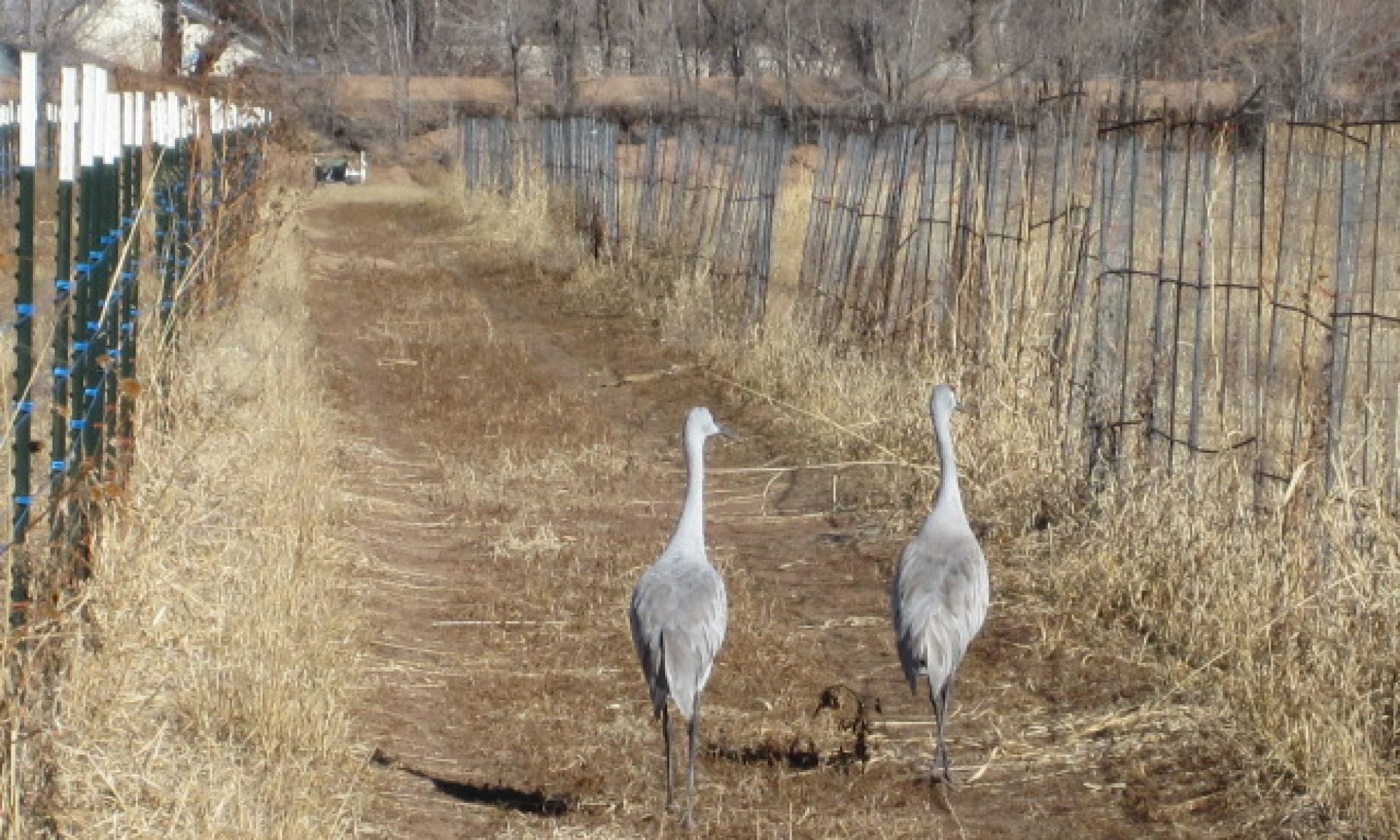When you teach teenagers, you often come home tired. I’ve mentioned this before. Some days it’s because you’ve got more work than hours. Some days it’s because too many students are crying or because your cheeks hurt from laughing all day. Some days, you get a full cardio workout as your heart swings back and forth through sadness and silliness.
February 7th was one of those days.
It started with the tampons.
At my school, students lead service learning groups that emerge out of their own interests. Faculty act as sponsors, but the students are where the action is. My group is called “WEL,” which stands for Women’s Empowerment League.
Earlier in the year, when the teenagers watched a video showing how hard it is for homeless women to get basic hygiene products, they decided to hold a drive.
On the morning of the seventh, two brave young women got up in front of the whole high school and explained the problem. They talked about the cost of tampons and pads and showed a clip from the video. In less than fifteen minutes, two teenagers disrupted the secrecy surrounding women’s periods.
The young women explained to the group that half the students were boys, so they called on their male peers to participate in the drive. At that point, the man who heads the high school jumped up with a box of tampons and made the first donation to cheers and applause from the student body. I stood up and let the boys know I’d have a box of pads in my classroom if they wanted to come in to practice carrying them.
Joy, pride, laughter, goofiness. It wasn’t even 8:15.
The teenager with the sad eyes stopped by later. It’s a teacher thing: sometimes a student says “Can I use your three-hole punch?” and you hear “I’m falling apart.” When you respond to what you heard instead of what they said, the tears come. It’s 10:15.
It’s lunch-time and I’m meeting with four young women and another teacher. We are revising the harassment policy from the student handbook and writing a sexual misconduct policy. The teenagers’ insights are clear and nuanced. They balance justice and compassion.
It’s overwhelming, really, to witness their focused commitment to changing the world. It’s 12:45.
Midafternoon, the film crew arrives at my desk. Four teenagers from film class are making a movie about coffee. A few weeks ago they asked if they could interview me for their movie because they had noticed that I drink a lot of coffee.
(Years ago I read a good book about teaching called The Students Are Watching. Note to self: it’s true.)
The teenagers, ever prepared, have brought coffee cups along for props. We all laugh when they count six different cups on my desk and realize they could have skipped that step.
“When we ask if you are addicted to coffee,” the student who seems to be the director prompts me, “would you mind just zoning out and staring at the camera?” I flub the first take, but nail it on the second. It’s 3:15 and I can’t stop laughing.
It’s Wednesday, which means my next stop is a faculty meeting. At 5:15 I’m heading toward my car in the west lot when I hear a violent commotion. It takes my brain a minute to sort out what I’m hearing. I haven’t processed the squealing tires before I hear the explosion of the crash.
My school sits just off one of the busiest roads in the city. I drive home worked up, worried that someone I love could have been in that car.
That’s the essay I started writing last week. One good day in the life of a person who teaches teenagers. All the feels.
In the nineteen days since February 7, my school has been flooded with tampons and pads. Our donation bins are overflowing and my desk is piled high. I’ve probably said the word tampon out loud more times in these few weeks than I have in the rest of my life. The teenagers taught me (and each other) that it’s ok to talk about these things.
We finished the policy drafts and delivered them to the faculty for their review. Then we took them to our student judicial committee to get their input. Not surprisingly, they said smart things.
Some other stuff happened since then, too. Some other teenagers rose above our expectations and got busy trying to change the world. These aren’t your parents’ teenagers.
Today was another teeter-totter day. At 8:15 I sat in a roomful of teenagers listening to a young woman play a bold Prokofiev violin solo. At 5:00 I met with a group of students and adults to put the final touches on our plans for next week’s HPV awareness event.
In between, we had a lockdown drill. The teenagers and I sat on the floor in a darkened class room for twenty silent minutes waiting for the all clear. When it ended, we raised the blinds and turned the lights on and blinked at each other. We tried to shake it off, but I’ll be honest, we didn’t really accomplish a lot for the rest of the period.
Life is bold and beautiful in a high school. Every day you live full out, your heart wide open. Teachers and teenagers alike: we bring what we have and we hope it will be enough.
In The Writing Life, a book Annie Dillard calls (inexplicably) “an embarrassing nonfiction narrative,” Dillard writes, “How we spend our days is, of course, how we spend our lives.”
If you spend your days teaching teenagers, you can count on getting your money’s worth.


“We bring what we have and hope it will be enough.” <3
Thanks, Lindsey! I’m grateful that you are reading.
There are a lot of things about high school I don’t miss, and to be honest I left it a bit disillusioned, but this post made me remember why it was special and why teachers like you are special. Teenagers are amazing! I’m proud to be one in this moment; I’m in such good company. Also, why was I not in WEL during high school? Loved this post. 🙂
Hi Ruth!!
WEL is new for me, too! It’s one of those things I actually have time for now that I’m not teaching as many classes. And yes, you are in good company, and you are part of what makes that company so good! : )
Your students are lucky to have you as their teacher.
Thank you, Liz. I feel lucky to get to work with them!